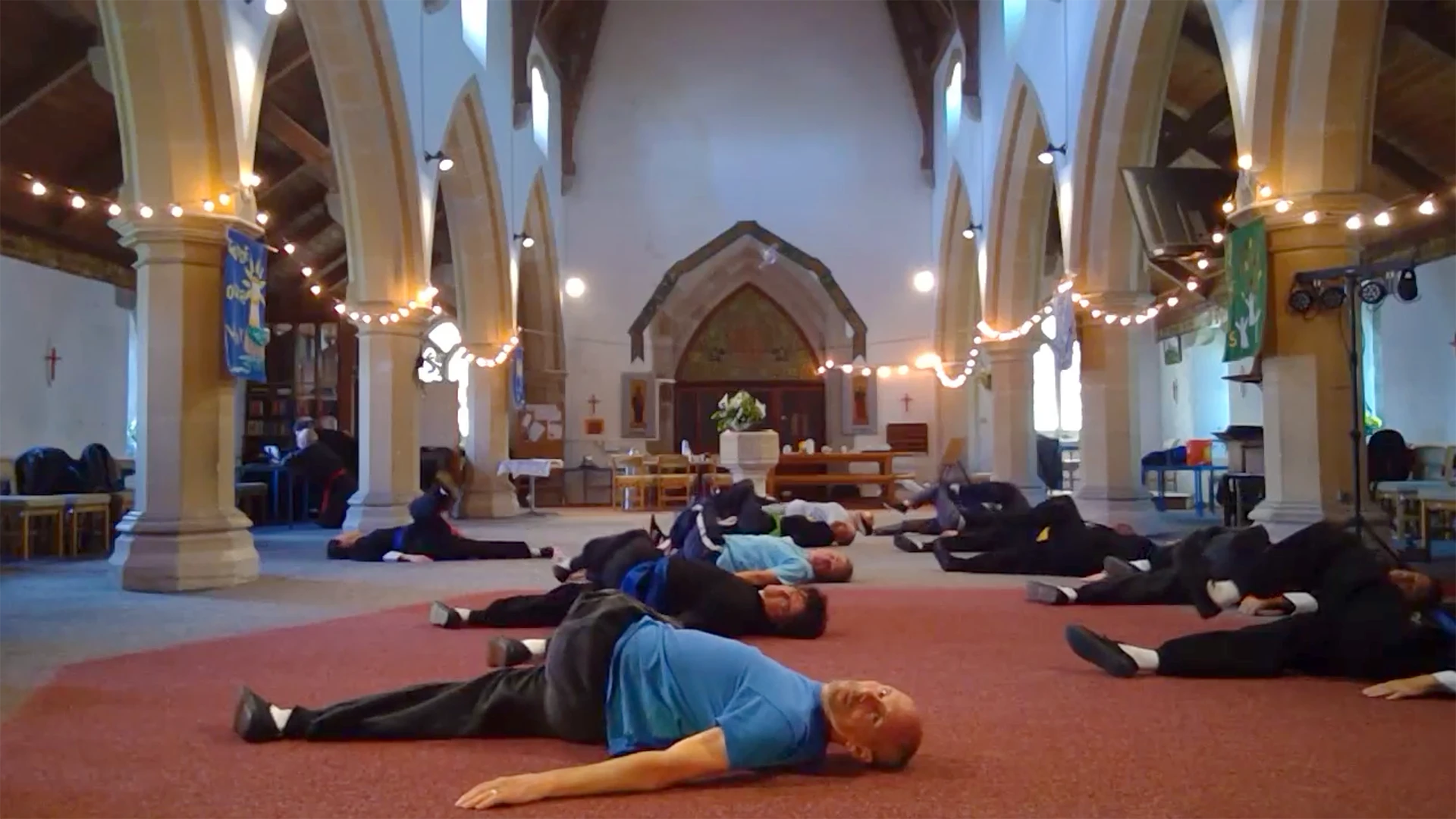
Tai Chi: Beyond Age and Boundaries
In the dappled light of dawn, one often pictures serene parks filled with elders flowing effortlessly through the ancient practice of Tai Chi. Yet, this imagery, ingrained as it might be, just scratches the surface of what Tai Chi truly offers to the world. Tai Chi’s magic is not limited by age or profession; it’s a dance of mind, body, and soul for everyone. Let’s embark on a journey to uncover the profound depths of this art and dispel the age-old myth.
Historical Backdrop of Tai Chi
When we dip our toes into the ocean of history, we find that perceptions have often been sculpted by societal upheavals. China’s Cultural Revolution from 1966 to 1976 serves as a glaring example. This tumultuous decade witnessed the suppression of traditional practices, including Tai Chi, leading to a dramatic reshaping of societal views. The elders clung to their knowledge of Tai Chi like a precious keepsake. Meanwhile, the younger lot found themselves at the crossroads of cultural change, leading to the misconception that Tai Chi was primarily the domain of the elderly.
However, delving deeper, Tai Chi’s rich tapestry unfurls, showing its universal appeal. It was a rhythm that resonated with everyone – a harmonious tune passed from grandparents to grandchildren. Tai Chi sessions transcended mere exercises; they became intergenerational dialogues. The art was a cherished family tradition, binding generations with threads of wisdom, discipline, and wellness.
The Universality of Tai Chi
From My Personal Diary: A Student’s Tai Chi Discovery
My personal rendezvous with Tai Chi began amidst the hustle and bustle of student life. A chance encounter with a seasoned Tai Chi instructor named Chee Soo introduced me to this universe. With age on his side, Chee Soo was a living testament to the ageless allure of Tai Chi. His classes, an eclectic mix of individuals from varying age brackets and backgrounds, painted a picture far removed from the stereotype.
I, then a philosophy student at Warwick University, found solace and enrichment in Tai Chi’s teachings. While my academic pursuits delved deep into Western ideas, Tai Chi brought balance with its refreshing Taoist philosophy. It served as an oasis in the academic desert, replenishing my mental energies and offering new lenses to view the world.
Tai Chi for the Academic Mind
Student life, though vibrant, comes with its fair share of trials. Deadlines, academic pressures, and the constant pursuit of excellence can drain even the brightest minds. Tai Chi emerged as a sanctuary.
- Mental Agility: At its core, Tai Chi champions the union of mind and body. This harmony enhances cognitive capabilities, a boon for any student.
- Energizing the Self: Those marathon study sessions, though necessary, often left me spent. Tai Chi, with its rhythmic dance, rejuvenated and restored, making each session productive.
- Beyond Serenity: While its serene aura captivated, Tai Chi, as a martial art, offered layers of learning. It instilled a sense of confidence, empowering students with self-defense techniques.
- Fitness and Well-being: In the realm of student life, physical fitness often takes a back seat. Tai Chi, with its gentle yet impactful movements, promoted holistic health – strength, balance, flexibility, and more.
- Natural Remedies: Amidst erratic schedules and midnight munchies, many students grapple with health concerns. Tai Chi’s movements provided relief, addressing various ailments without relying on medications.
Tai Chi: The Modern Professional’s Best Kept Secret
Shifting the lens from campuses to corporate skyscrapers, one might wonder: Does Tai Chi have a place amidst boardrooms and business suits? Absolutely.
- Resilience in the Corporate Jungle: Deadlines, competition, and relentless pursuit of targets – the corporate world is not for the faint-hearted. Tai Chi, with its meditative practices, equips professionals with unmatched mental and physical resilience.
- Team Dynamics: Tai Chi, when practiced in groups, fosters a unique bond among participants. It can serve as an innovative team-building tool, promoting harmony and collaboration.
- The Antidote to Stress: The modern workplace is a melting pot of stress. Introducing Tai Chi sessions can transform corporate cultures, offering employees much-needed relaxation.
- Physical Wellness: Desk jobs, despite their comfort, often lead to various physical ailments. Regular Tai Chi sessions can mitigate these concerns, ensuring professionals remain agile and active.
- Cultivating Mental Fortitude: Beyond the realm of physical health, Tai Chi delves into mental wellness. Its teachings mold the mind, allowing professionals to face challenges with grace and poise.
Conclusion: Embracing Tai Chi’s Timeless Wisdom
As we stand at the intersection of tradition and modernity, it becomes essential to dispel myths and embrace the universal charm of practices like Tai Chi. Whether you’re a student facing academic pressures or a professional navigating the corporate maze, Tai Chi offers invaluable insights and benefits. Far from being just an elderly pastime, it’s a treasure trove of wisdom waiting to be explored by every willing heart and open mind. Embrace its teachings, and let its rhythms guide you towards a balanced, harmonious life.





